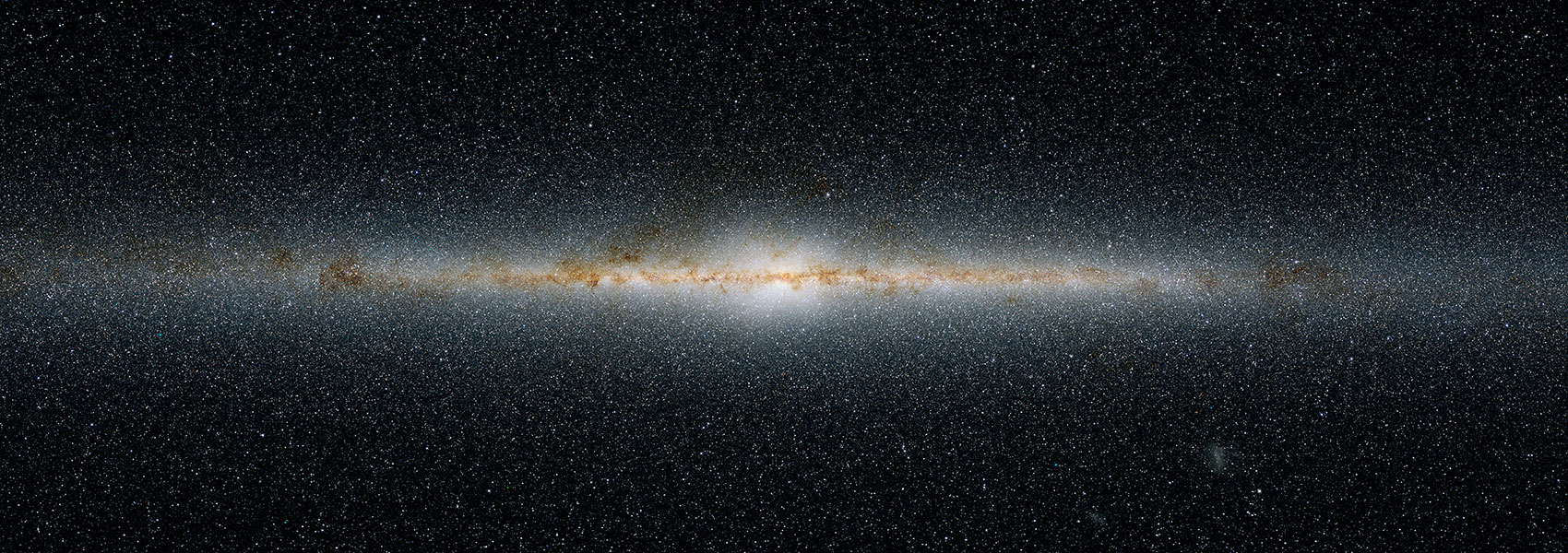September
2024
•
2024ApJ...972L..15S
Authors
•
Shrestha, Manisha
•
Bostroem, K. Azalee
•
Sand, David J.
•
Hosseinzadeh, Griffin
•
Andrews, Jennifer E.
•
Dong, Yize
•
Hoang, Emily
•
Janzen, Daryl
•
Pearson, Jeniveve
•
Jencson, Jacob E.
•
Lundquist, M. J.
•
Mehta, Darshana
•
Ravi, Aravind P.
•
Meza Retamal, Nicolás
•
Valenti, Stefano
•
Brown, Peter J.
•
Jha, Saurabh W.
•
Macrie, Colin
•
Hsu, Brian
•
Farah, Joseph
•
Howell, D. Andrew
•
McCully, Curtis
•
Newsome, Megan
•
Padilla Gonzalez, Estefania
•
Pellegrino, Craig
•
Terreran, Giacomo
•
Kwok, Lindsey
•
Smith, Nathan
•
Schwab, Michaela
•
Martas, Aidan
•
Munoz, Ricardo R.
•
Medina, Gustavo E.
•
Li, Ting S.
•
Diaz, Paula
•
Hiramatsu, Daichi
•
Tucker, Brad E.
•
Wheeler, J. C.
•
Wang, Xiaofeng
•
Zhai, Qian
•
Zhang, Jujia
•
Gangopadhyay, Anjasha
•
Yang, Yi
•
Gutiérrez, Claudia P.
Abstract
•
We present high-cadence photometric and spectroscopic observations of supernova (SN) 2024ggi, a Type II SN with flash spectroscopy features, which exploded in the nearby galaxy NGC 3621 at ∼7 Mpc. The light-curve evolution over the first 30 hr can be fit by two power-law indices with a break after 22 hr, rising from M V ≈ ‑12.95 mag at +0.66 day to M V ≈ ‑17.91 mag after 7 days. In addition, the densely sampled color curve shows a strong blueward evolution over the first few days and then behaves as a normal SN II with a redward evolution as the ejecta cool. Such deviations could be due to interaction with circumstellar material (CSM). Early high- and low-resolution spectra clearly show high-ionization flash features from the first spectrum to +3.42 days after the explosion. From the high-resolution spectra, we calculate the CSM velocity to be 37 ± 4 km s‑1. We also see the line strength evolve rapidly from 1.22 to 1.49 days in the earliest high-resolution spectra. Comparison of the low-resolution spectra with CMFGEN models suggests that the pre-explosion mass-loss rate of SN 2024ggi falls in the range of 10‑3–10‑2 M ☉ yr‑1, which is similar to that derived for SN 2023ixf. However, the rapid temporal evolution of the narrow lines in the spectra of SN 2024ggi (R CSM ∼ 2.7 × 1014 cm) could indicate a smaller spatial extent of the CSM than in SN 2023ixf (R CSM ∼ 5.4 × 1014 cm), which in turn implies a lower total CSM mass for SN 2024ggi.
Links



